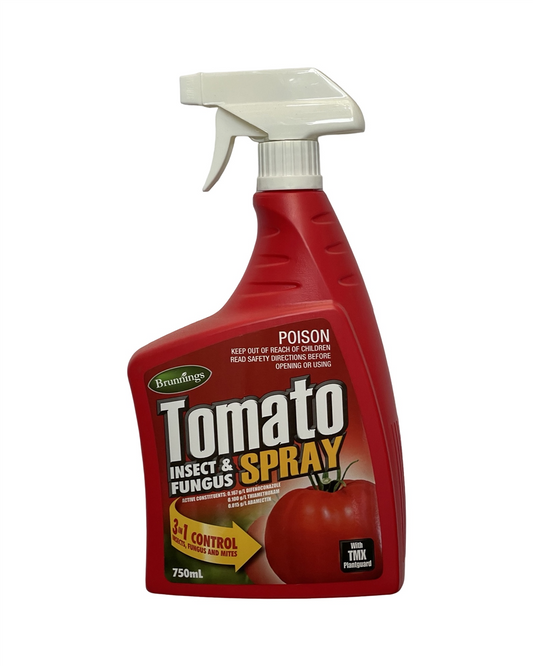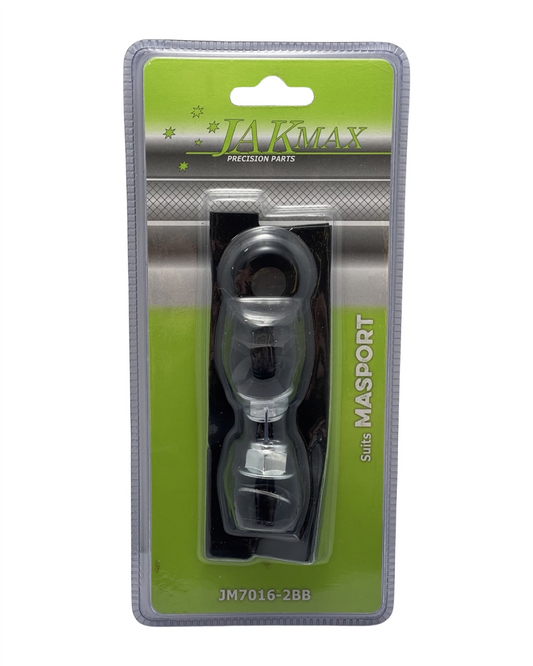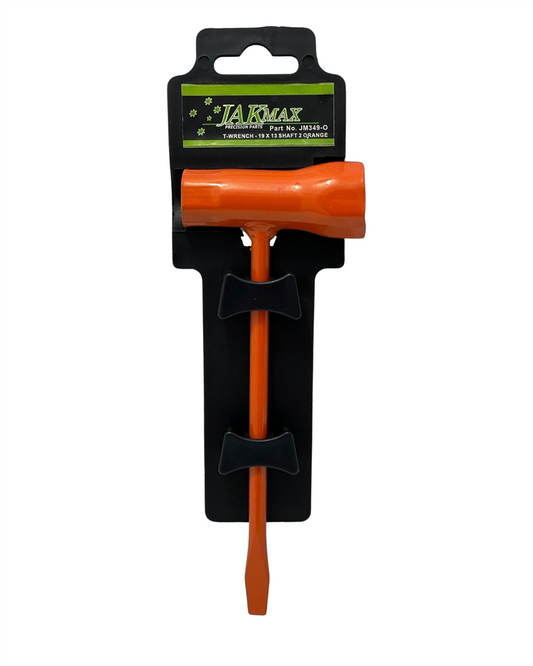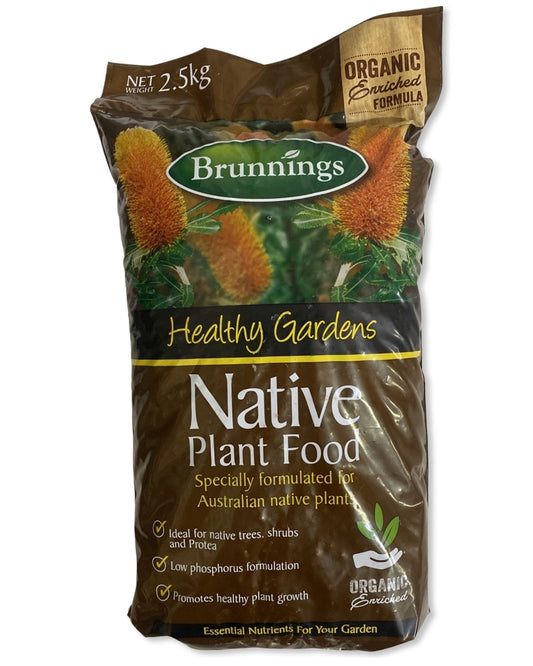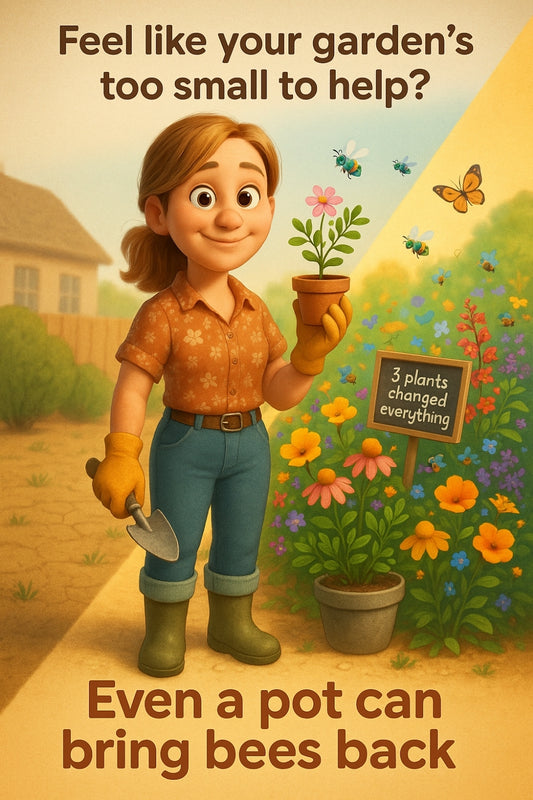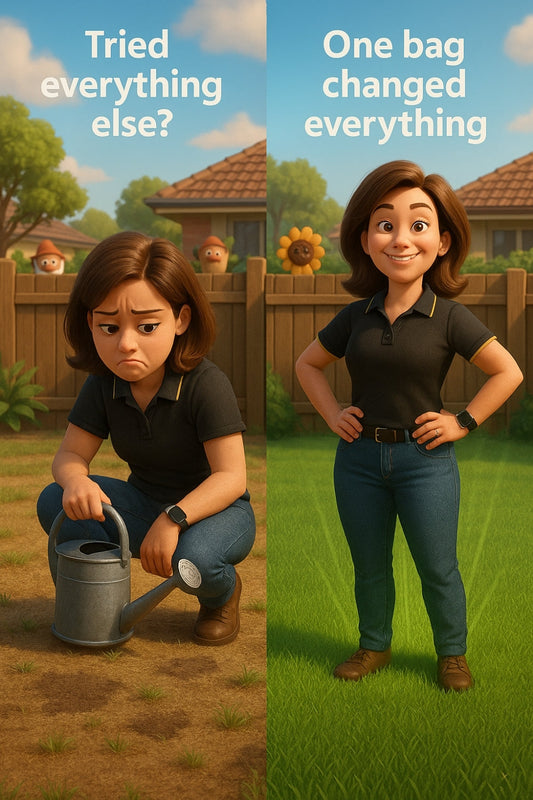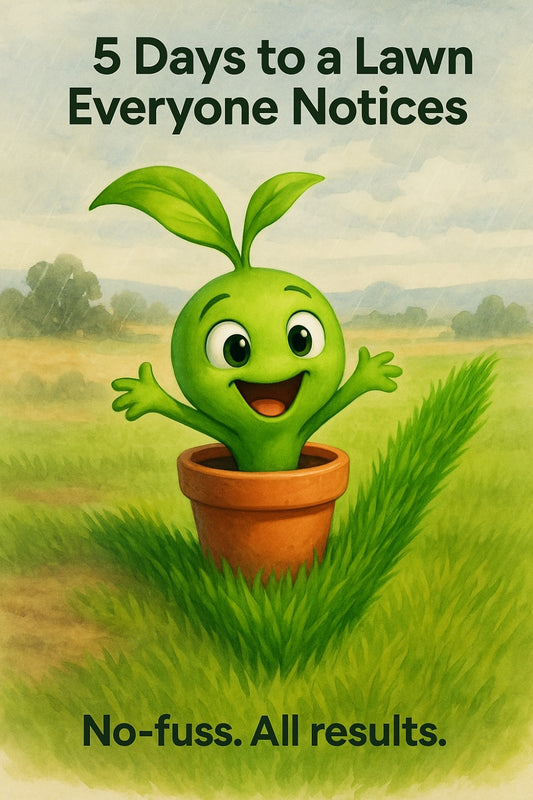Are Your Cuttings Not Rooting? Could Brunnings Propagating Sand Help Them Grow Faster?
Share
Speed Up Your Cuttings: Why They Might Not Be Rooting and How to Get Them Growing
We’ve all been there. You snip off healthy-looking cuttings from your favourite plant, pop them into some soil or water, and wait… and wait… and—still nothing. Weeks pass, and those poor cuttings look just as lost as you feel. So what's going wrong?
Let’s talk about it—and yes, I’ve been there too. When I first got into gardening, I thought taking a cutting and sticking it in soil was pretty foolproof. Until I discovered maybe... the cutting needed more than good intentions and an optimistic pep talk. That’s when I found out about  Brunnings Propagating Sand.
Brunnings Propagating Sand.
Why Your Cuttings Aren’t Rooting
Cuttings need just the right environment. Too much moisture? You risk rot. Not enough air around the stem? Roots won’t form. And if your soil is too compacted or nutrient-heavy, your cuttings can’t spread their little toes. They’re basically stuck holding their breath.
That’s where the growing medium really matters. Standard potting mix can be too heavy for fine new roots trying to emerge. Bark chips, meanwhile, don’t hold moisture well enough. You need something in-between—drains well, stays airy, but still clings to just a bit of moisture.
So What’s So Special About Brunnings Propagating Sand?
If you're not familiar with it yet, Brunnings Propagating Sand is a coarse-grade sand specially made for—you guessed it—propagation. It’s gritty, chunky, and creates the kind of free-draining base that helps cuttings breathe easy while sending out roots into their new world. Here’s why gardeners like me have come to love it:
- It doesn’t compact, so there’s always air circulation around your cutting.
- It drains water quickly, avoiding any soggy mess at the base.
- It mimics the natural conditions many plants need to root successfully.
- The grit scrapes against the seed or stem ever so slightly—which can gently stimulate roots to grow more quickly.
And here’s a little secret—this same sand works wonders beyond just cuttings. You can mix it into heavy clay soil to improve drainage, which is perfect if your garden bed looks more like a soggy sponge than good growing material. It’s also ideal for cactus, succulents, and even orchid back bulbs.
When I Finally Got It Right
Let me tell you a quick story. Last spring, I tried propagating lavender for a small border I was planning. Out of ten cuttings, only one made it to maturity. Disappointing? Absolutely. A bit soul-crushing? You bet. Then someone at our local shop poked their head around the shelf and gave me the hot tip—“Try the Brunnings Propagating Sand, love. Trust me.” So I gave it another go—with five fresh lavender cuttings, each nestled into a tray filled with moist propagating sand. Within two weeks, roots had started peeking out below the surface.
It changed everything. My confidence, for starters. And now? I’ve got six full lavender plants along that edge, all grown from my own backyard experiments. Talk about satisfying.
Don’t Overthink It—Just Make It Easier on Yourself
If you’re new to gardening or still feeling your way around propagation, Brunnings Propagating Sand gives your cuttings a better headstart. There’s already a lot to juggle in the garden—sunlight, watering, timing—not rooting your cuttings shouldn’t add frustration to the list.
You can grab a bag from us whenever you’re ready to give it a go. It’s an easy switch-up, but it makes a big difference. And hey, it’s one of those garden hacks you’ll want to tell your mates about after they ask, “How the heck did you get those hydrangea cuttings to root so fast?”
Your garden journey deserves tools that help you feel capable and confident. You don’t need to be a pro. You just need the right start—and a bit of sandy encouragement doesn’t hurt either.
Happy planting 💚
Warmly,
Candeece
 Stay Connected
Stay Connected
Join our gardening community on Facebook the Urban Gardener's Notebook
And follow our Store Facebook Page: Strathalbyn H Hardware on Facebook

